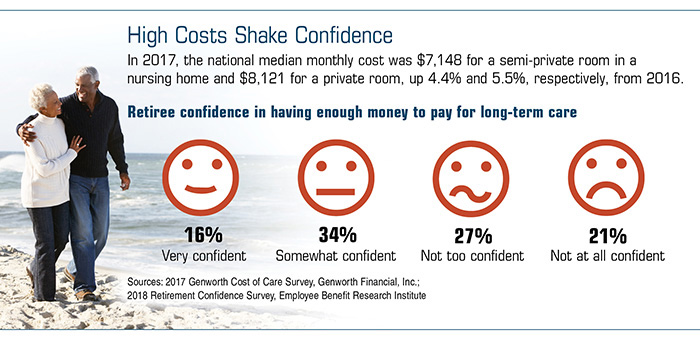The Of Pacific Prime
The Of Pacific Prime
Blog Article
The smart Trick of Pacific Prime That Nobody is Discussing
Table of Contents3 Easy Facts About Pacific Prime DescribedSome Ideas on Pacific Prime You Need To KnowThe Pacific Prime PDFsThe 8-Minute Rule for Pacific PrimeWhat Does Pacific Prime Mean?

This is since the information were collected for a period of solid financial performance. Of the estimated 42 million individuals who were without insurance, almost about 420,000 (concerning 1 percent) were under 65 years of age, the age at which most Americans become eligible for Medicare; 32 million were grownups between ages 18 and 65, about 19 percent of all adults in this age; and 10 million were youngsters under 18 years old, concerning 13.9 percent of all children (Mills, 2000).
These estimates of the number of individuals without insurance are created from the annual March Supplement to the Current Population Survey (CPS), conducted by the Demographics Bureau. Unless otherwise kept in mind, nationwide quotes of individuals without health insurance coverage and percentages of the population with different kinds of protection are based upon the CPS, one of the most extensively made use of resource of estimates of insurance coverage and uninsurance rates.
The Main Principles Of Pacific Prime

Still, the CPS is particularly helpful because it produces yearly price quotes reasonably promptly, reporting the previous year's insurance policy coverage estimates each September, and because it is the basis for a consistent collection of price quotes for greater than two decades, enabling evaluation of patterns in protection in time. For these reasons, as well as the comprehensive use of the CPS in other researches of insurance policy coverage that exist in this record, we depend on CPS quotes, with limitations kept in mind.

The quote of the variety of uninsured individuals broadens when a population's insurance policy condition is tracked for numerous years. Over a three-year period starting early in 1993, 72 million people, 29 percent of the U.S. https://www.tumblr.com/pacificpr1me/746587211067195392/we-are-an-award-winning-insurance-intermediary-of?source=share. population, lacked insurance coverage for at the very least see page one month. Within a single year (1994 ), 53 million people experienced a minimum of a month without insurance coverage (Bennefield, 1998a)
6 out of every ten uninsured grownups are themselves utilized. Working does boost the probability that one and one's family participants will certainly have insurance, it is not a guarantee. Also participants of families with 2 full time breadwinner have nearly a one-in-ten chance of being without insurance (9.1 percent uninsured price) (Hoffman and Pohl, 2000).
Fascination About Pacific Prime
New immigrants account for a significant proportion of people without medical insurance. One evaluation has actually attributed a considerable section of the recent growth in the dimension of the united state without insurance population to immigrants who showed up in the nation in between 1994 and 1998 (Camarota and Edwards, 2000). Current immigrants (those who pertained to the USA within the previous four years) do have a high rate of being uninsured (46 percent), however they and their youngsters account for just 6 percent of those without insurance coverage across the country (Holahan et al., 2001).
The relationship between health and wellness insurance policy and accessibility to care is well established, as recorded later on in this chapter. Although the partnership in between health insurance coverage and health and wellness results is neither straight neither straightforward, an extensive medical and health and wellness services research study literature links medical insurance protection to enhanced access to care, much better high quality, and enhanced personal and population health standing.
Degrees of analysis for examining the effects of uninsurance. It focuses especially on those without any kind of wellness insurance coverage for any length of time.
Unknown Facts About Pacific Prime
The problems faced by the underinsured are in some respects comparable to those faced by the without insurance, although they are typically less extreme. Health and wellness insurance coverage, however, is neither essential nor sufficient to obtain accessibility to medical solutions. The independent and direct effect of wellness insurance protection on access to wellness solutions is well established.
Others will certainly obtain the wellness care they require also without medical insurance, by paying for it expense or seeking it from providers that provide treatment complimentary or at highly subsidized prices. For still others, health insurance policy alone does not guarantee invoice of care as a result of other nonfinancial obstacles, such as a lack of wellness care carriers in their neighborhood, minimal accessibility to transport, illiteracy, or linguistic and social differences.
Fascination About Pacific Prime
Official research about uninsured populaces in the USA dates to the late 1920s and early 1930s when the Board on the Price of Treatment created a collection of records concerning funding physician office brows through and hospitalizations. This issue ended up being prominent as the varieties of clinically indigent climbed up during the Great Depression.
Report this page